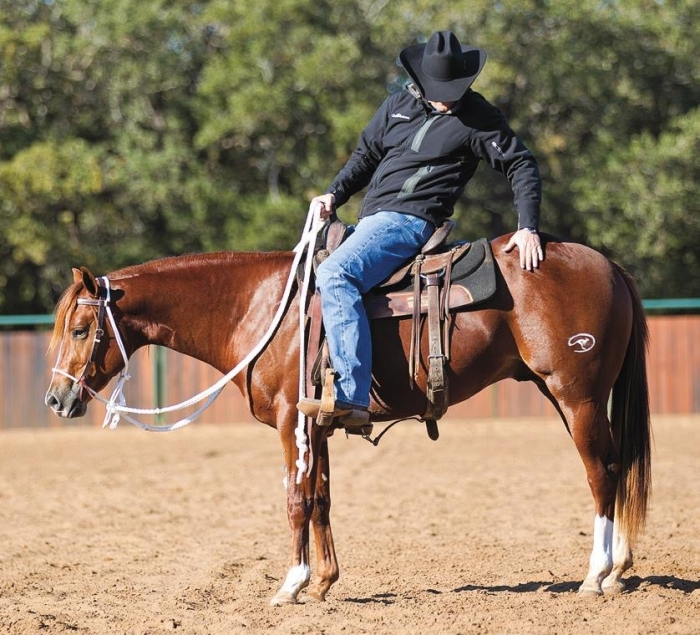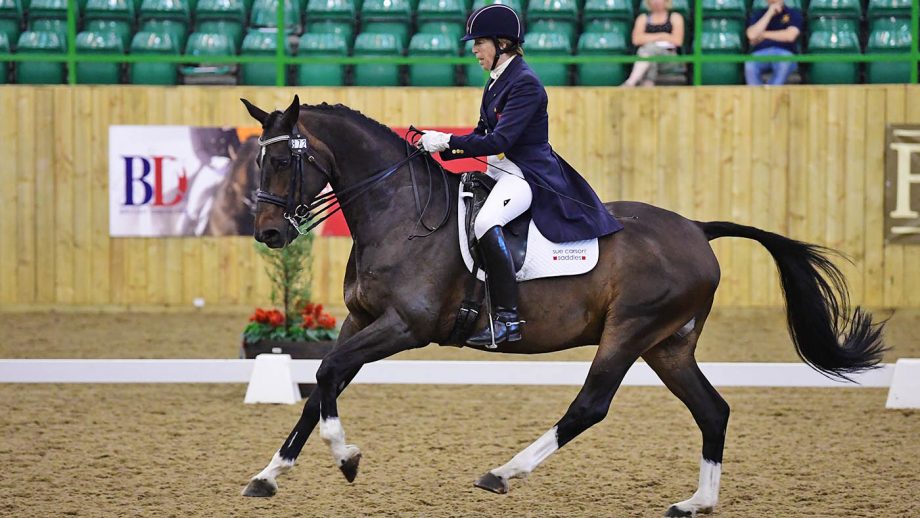Mounting a horse is a fundamental skill in equestrianism, and doing it correctly is vital for ensuring safety, comfort, and a successful relationship between the rider and the horse. It’s not just a physical action—it’s an opportunity to build trust, demonstrate leadership, and honor tradition. By mastering the technique of mounting from the left side, riders can establish a sense of balance and harmony with their equine partner. This guide offers insights into the significance of proper mounting, a step-by-step process, and tips for a smooth and effortless experience. https://hearttohorses.com/
>> READ MORE:
- What Side Do You Mount A Horse The Age-Old Question Answered
- Uncover the Safety Secrets: Why Mounting Horses from the Left Side is Essential
Contents
The Significance of Mounting from the Left Side
Historically, the practice of mounting a horse from the left side was practical and rooted in necessity. As most people are right-handed, it allowed riders to keep their weapon side (typically the left side) away from the horse, ensuring safety for both horse and rider. This practice became standardized over time and has remained the norm in equestrianism, even though horses can be trained to accept mounting from either side.
For modern riders, the act of mounting from the left side goes beyond tradition. It is a practice that creates consistency and stability, helping horses feel more at ease. When riders follow this method, it also promotes a sense of leadership and builds rapport with the horse, setting the stage for a successful ride.

Preparing to Mount
Before attempting to mount your horse, ensure that both you and your horse are properly prepared:
- Groom and Tack the Horse: Always ensure your horse is groomed and that the saddle, girth, stirrups, and bridle are properly fitted. A quick check can prevent discomfort and accidents during the ride.
- Approach with Confidence: Approach your horse from the left side, using a calm voice and gentle body language to reassure the horse of your presence.
- Assess the Horse’s Mood: Pay attention to the horse’s body language. If the horse seems anxious or distracted, take a moment to calm it down before proceeding with the mount.
Step-by-Step Guide to Mounting
Here is a step-by-step breakdown of how to mount a horse correctly from the left side:
- Position Yourself: Stand next to the horse, facing the back. Position yourself just behind the horse’s left shoulder. This ensures you’re within the horse’s line of vision and are not in a position where the horse could be startled.
- Secure the Reins: Hold the reins in your left hand, ensuring that they are not too tight. Gentle contact with the horse’s mouth provides guidance and control without causing discomfort.
- Place Your Left Foot in the Stirrup: Put your left foot into the left stirrup, ensuring the ball of your foot is securely placed. Distribute your weight evenly to avoid pulling on the saddle or the horse’s back.
- Balance Check: Keep your body straight and balanced. Hold onto the saddle’s pommel or the horse’s mane with your left hand, if necessary, to stabilize yourself.
- Swing Over Smoothly: With your right leg, swing it over the horse’s back in one smooth motion. Avoid jerky movements or kicking the horse, as this can startle it. Use your left leg to push yourself up and over.
- Lower Yourself Gently: Once your right leg clears the horse’s back, gently lower yourself into the saddle. Adjust your position to ensure you’re sitting comfortably and evenly.
- Place Your Right Foot in the Stirrup: After settling into the saddle, place your right foot into the right stirrup and adjust your seat as needed.
Common Mistakes to Avoid
When learning to mount, it’s essential to be aware of common mistakes that could cause discomfort for both the rider and the horse:
- Standing Too Close or Too Far: Position yourself at an appropriate distance from the horse. Standing too close can unbalance you, while standing too far away can make mounting awkward.
- Pulling on the Reins or Saddle: Avoid yanking on the reins or saddle, as this can cause discomfort to the horse and shift the saddle’s position.
- Rushing the Process: Take your time when mounting. Abrupt movements can startle the horse and potentially cause an accident.
- Improper Dismounting: Never jump down from the saddle. This can harm the horse’s back and strain your joints.
Maintaining Good Practice
Practice makes perfect, and mounting a horse is no exception. The more you practice, the more confident and fluid you will become. It’s also a great opportunity to bond with your horse and demonstrate leadership through clear and respectful actions. The more consistently you mount from the left side, the easier it will become for both you and your horse.
Conclusion
Mastering the art of mounting a horse from the left side is an essential skill for every rider. It’s not just a practical action; it’s a demonstration of leadership, trust, and respect for the horse. By following the proper steps, avoiding common mistakes, and practicing regularly, riders can establish a positive and harmonious relationship with their horse, leading to a more enjoyable and successful riding experience. This fundamental skill, when done correctly, sets the stage for many more adventures in the saddle.

